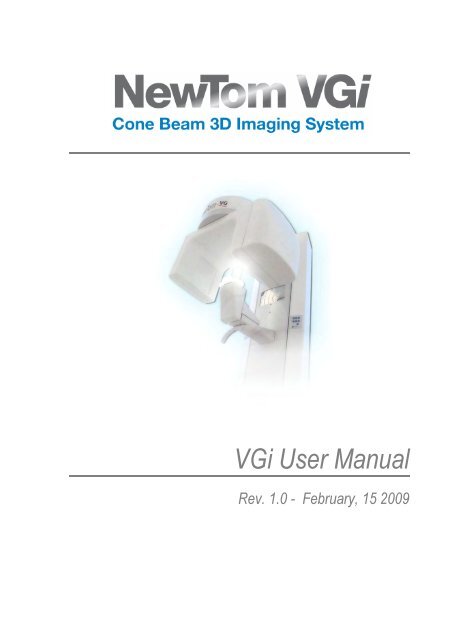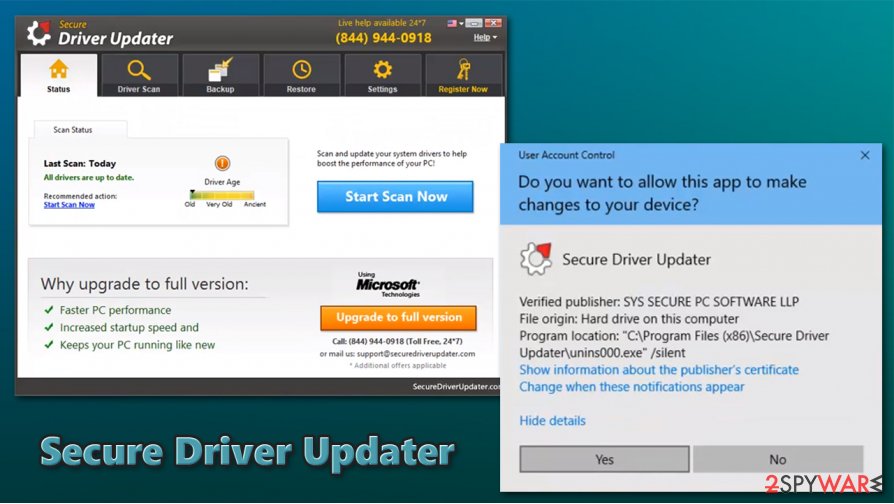
Zero latency for real-time tracking and mixing.Now so your plug ins from waves are emulations of these actual compressors.


The 3A is kind of combo of the two above (edit) in terms of flavor but yes, the 3A is a solid state vs tube.ġ176 pre amp first- often then sent into a LA2A is the typical combo.

If you could only have one, this is the one. Its an iconic piece of audio history that had a hand behind classic recordings from Led Zeppelin, The Rolling Stones, Michael Jackson, and more.ġ176 is in my opinion, the one. Upon its release in 1967, the 1176 Limiting Amplifier became an instant classic because of its unique lightning-fast attack and release times, musical Class A output stage, and its wide range of sounds, ranging from subtle, near-transparent compression, to all-out drive and distortion. Very smooth and subtle action that can silk things up nice. Very simple design with input gain and threshold controls (as well as a compress/limit switch, basically a ratio thing). It's tube based (with transformers as well) so it does color the sound a little bit. This compressor has been on the lead vocal of countless records over the years. Known for its inherent slow release and smooth compression qualities. Best way to find out is to experiment!įirst you have to take the "C" away and understand these are modeled off real units, the LA2A and LA3A and LA76. To me the 1176 generally sounds more aggressive and "rock n roll" whereas the LA2A & 3A can sound a little more "silky" - but these are just words and often subjective. You'll find in time they all have a certain vibe and color. I typically experiment with any of the above and sometimes a combination. Other snares you might want to really add or lessen punch, increase or decrease sustain, making the 1176 more ideal in that scenario. For example I love the LA3A on snare - but it kind of has one sound, which I appreciate on certain snares. Again it depends what sound and effect you're going for. This does not mean the LA2A or 3A are bad on drums, though. But the 1176 will give you a little more control over transients (so drums for example) because you can really dial in the attack and release times.

This has pros and cons and depends what you're going for. The LA2A and LA3A are both "program dependent" so it basically guesses these things for you. It's a lot easier when you can understand their history and how they were designed, and then hearing how they sound on different types of instruments as well as busses.Īs a general note it's helpful to know that the 1176 is the only one with manual settings for attack and release times. Specifically there are videos on the 1176, LA2A, and LA3A. It's a bit tedious but he explains the history of almost every major compressor and uses their common plugin emulations on various sources to show you the differences of how they react, including all the Waves CLA stuff.


 0 kommentar(er)
0 kommentar(er)
